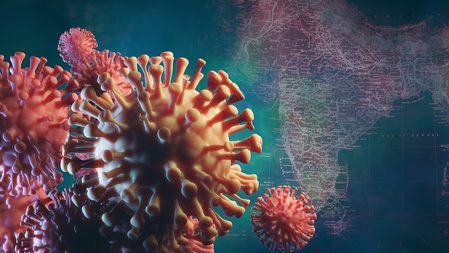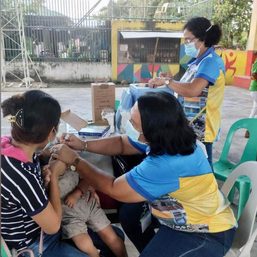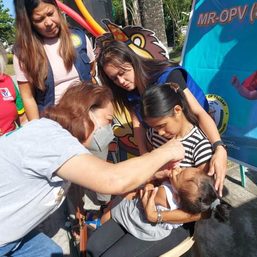SUMMARY
This is AI generated summarization, which may have errors. For context, always refer to the full article.
The Department of Health (DOH) said on Wednesday, May 12, that it has identified 13 close contacts of the Filipino seafarer from Oman who got infected with the COVID-19 India variant.
All of the close contacts are co-passengers of the COVID-19 case in his flight.
In an interview with CNN Philippines’ The Source, Health Undersecretary Maria Rosario Vergeire said that since the 37-year-old overseas Filipino worker (OFW) was able to complete his quarantine period upon arrival in the country on April 10, the DOH is verifying the test results of those who were seated near him in the flight.
“Kapag sinabi po natin na close contacts at nasa eroplano, mayroon po tayong protocol (When we say close contacts in an airplane, we have this protocol) that we say, it’s four seats behind and four seats in front and the one beside him,” Vergeire said.
She said the DOH is verifying the results of the reverse transcription polymerase chain reaction (RT-PCR) test of the 13 close contacts upon their arrival in the country.
On Tuesday, May 11, the DOH reported the country’s first two cases of B1617, dubbed a “double mutant” variant, which is believed to be driving the surge in infections in India. The other case is a returning OFW from the United Arab Emirates (UAE) – a 58-year-old male who arrived in the country on April 19.
The DOH said that both cases have already recovered from the disease.
Vergeire said that they are still retrieving the flight manifesto of the case from the UAE.
The COVID-19 India variant was dubbed a “double mutant” because it contains two mutations: the L452R and E484Q mutations which could help the virus evade an immune response. These two mutations affect the virus’ spike protein – the basis of COVID-19 vaccines.
The E484Q is similar to the mutation E484K, which is present in the two notable “variants of concern,” such as the B1351 (first found in South Africa) and the P1 (first found in Brazil), and may have an impact on vaccine efficacy.
Studies suggest that the B1617 is more contagious than the original form of the virus. This virus type is spreading quickly in India.
Why this matters
Effective contact tracing would prevent the more infectious variant of COVID-19 to spread at a time when the Philippine government is struggling with its pandemic response.
The biggest cause of concern now for countries is that since B1617 mutations evade an immune response, there is a high possibility that the variant would undermine vaccination efforts.
The Philippines, which is suffering one of the worst outbreaks in Southeast Asia, will be in an even more difficult situation if the B1617 becomes the dominant variant. – Rappler.com
Add a comment
How does this make you feel?











There are no comments yet. Add your comment to start the conversation.